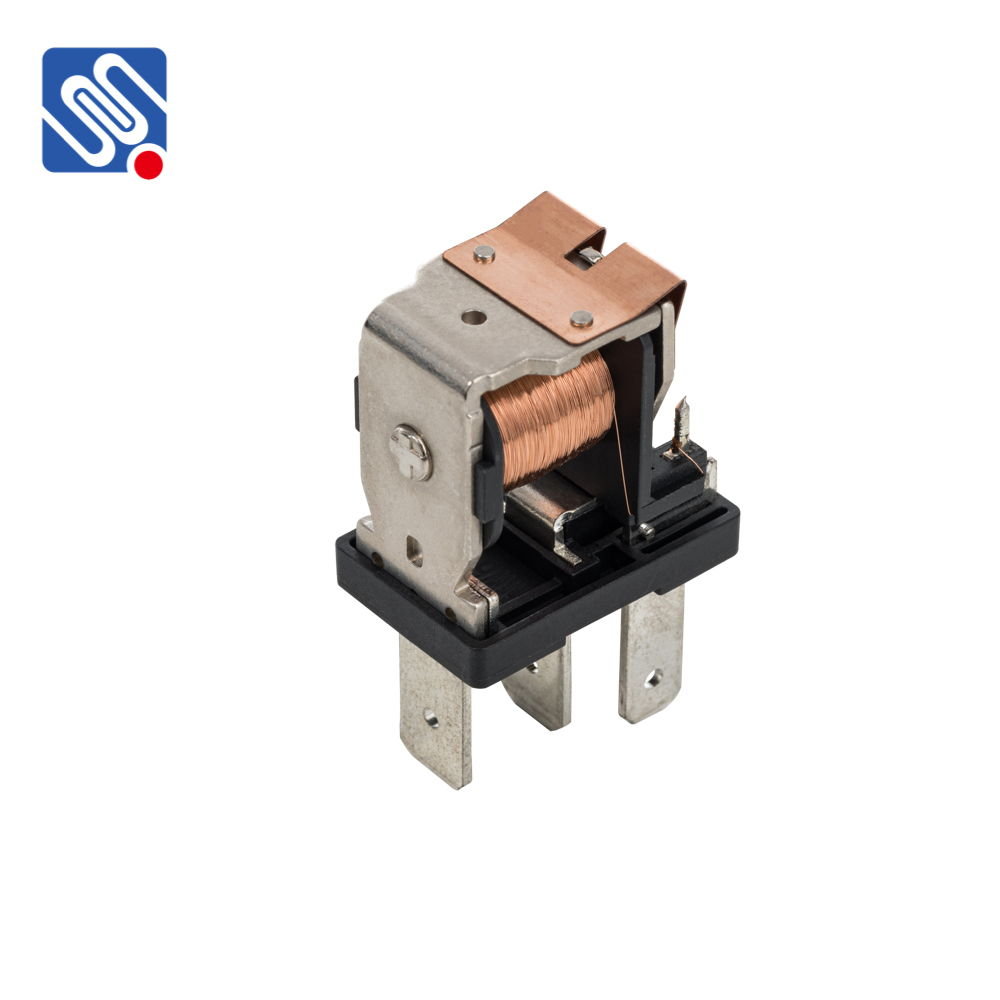Relay materials play a crucial role in the functioning of relays, which are integral components in a wide range of electrical and electronic systems. A relay is an electrically operated switch that allows a low power signal to control a higher power circuit. The effectiveness and durability of a relay are significantly influenced by the materials used in its construction. In this article, we will explore the types of materials commonly used in relays, their properties, and the importance of selecting the right materials to ensure reliability and performance.

1. Understanding Relays and Their Applications Before delving into relay materials, it is important to understand what a relay is and how it functions. A relay is essentially a switch that opens and closes under the influence of an electric current, allowing one circuit to control another. Relays are widely used in automation, automotive systems, telecommunications, and industrial equipment due to their ability to handle high currents and voltages in a relatively compact form. Relays are often found in systems where electrical signals are used to control larger currents, such as in power plants, electronic devices, and even home appliances. The relay consists of several key components: a coil, contacts, and a spring mechanism, all of which are made from specific materials designed to optimize performance.